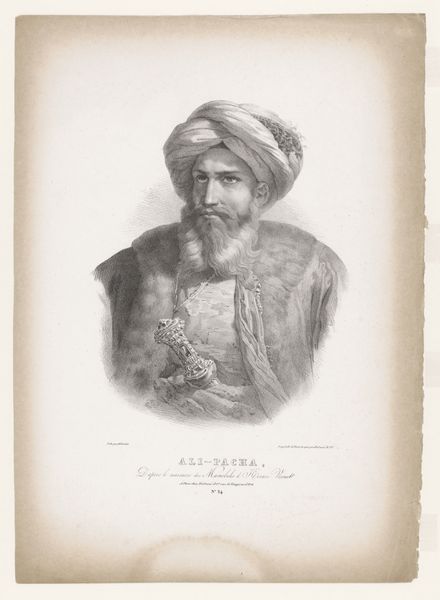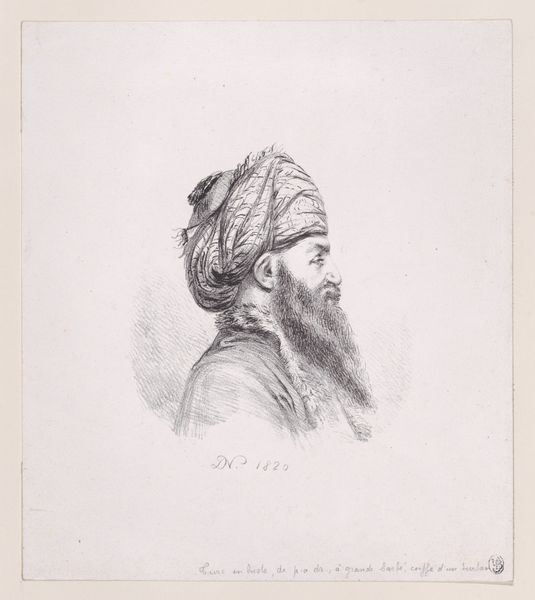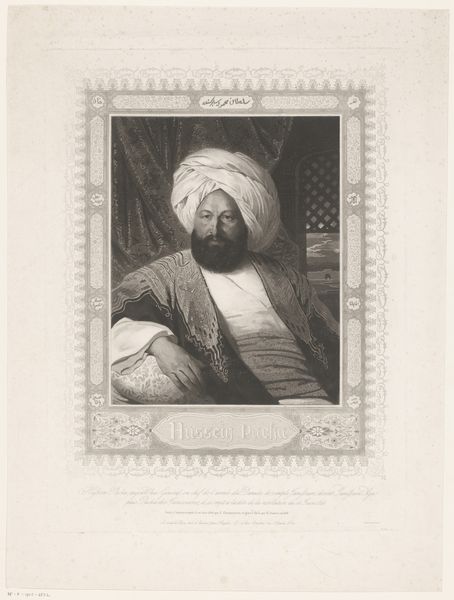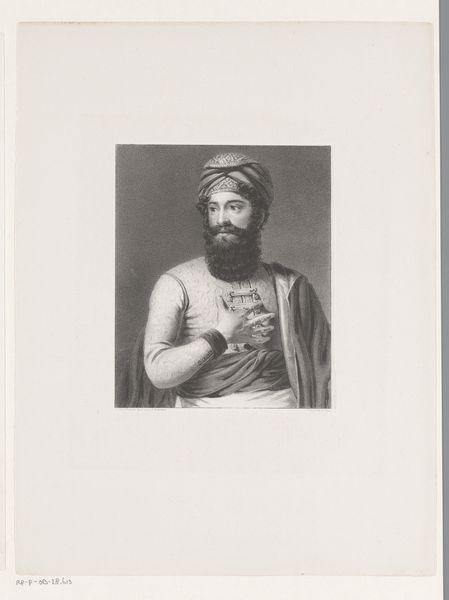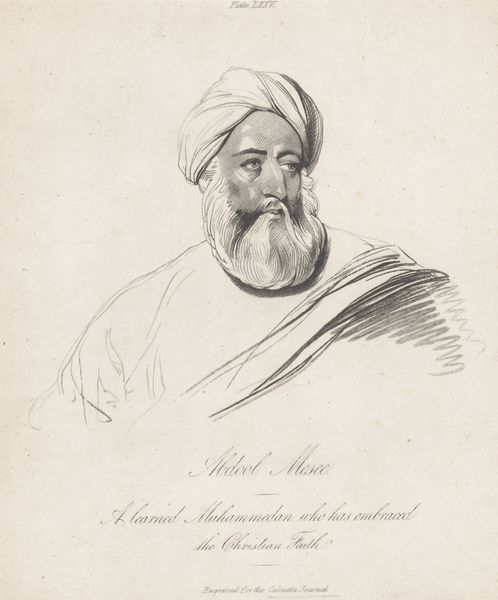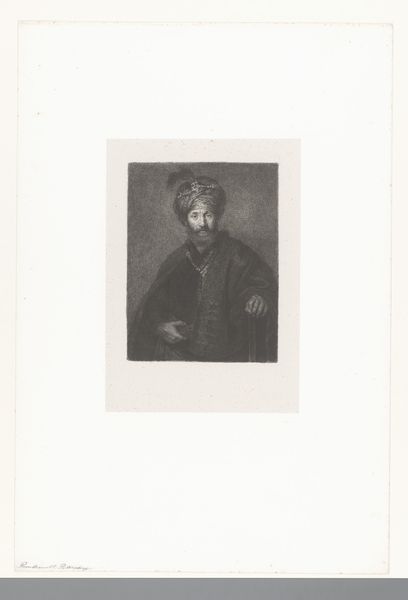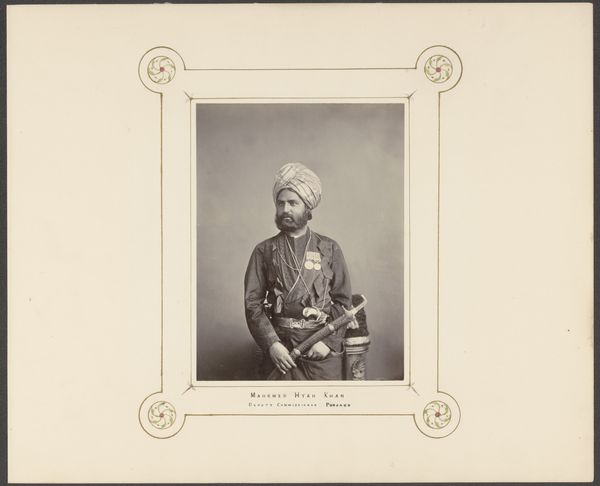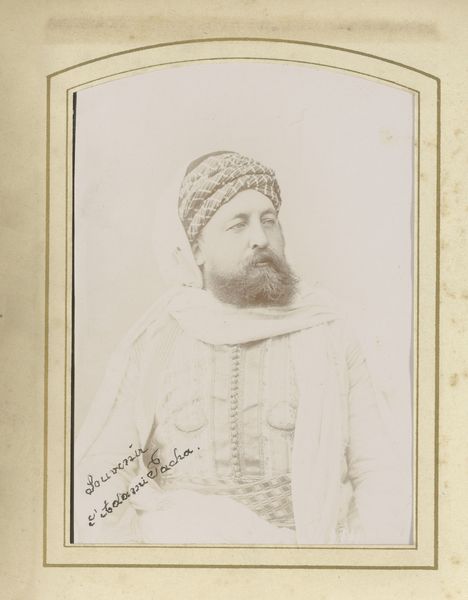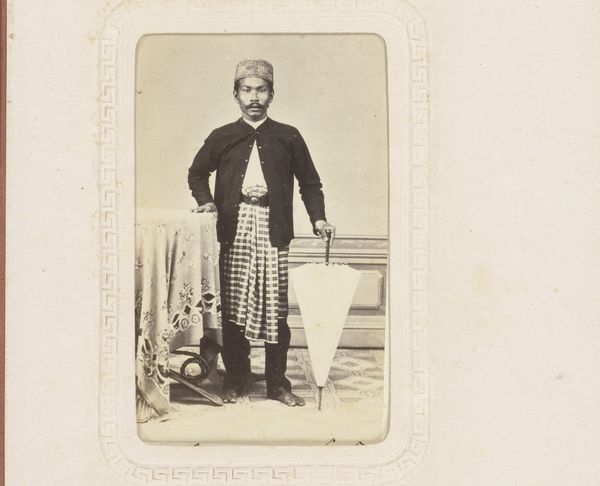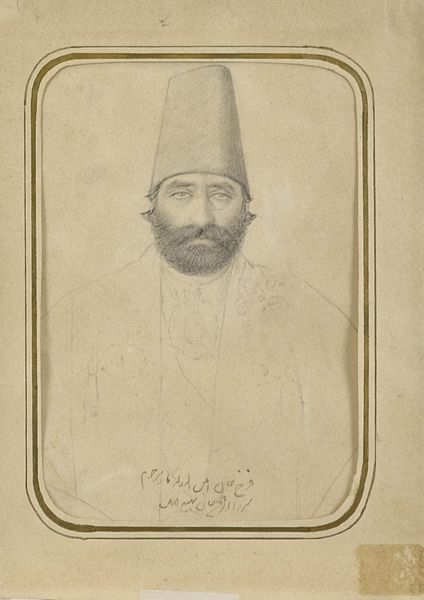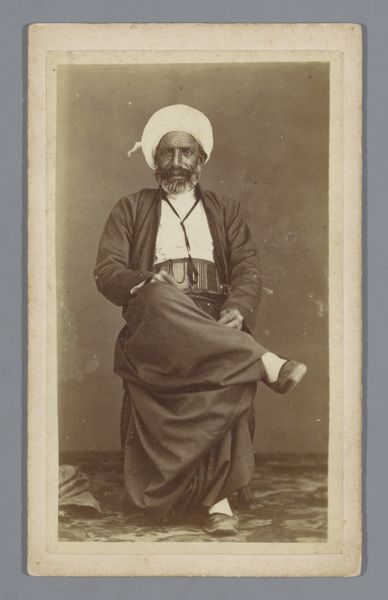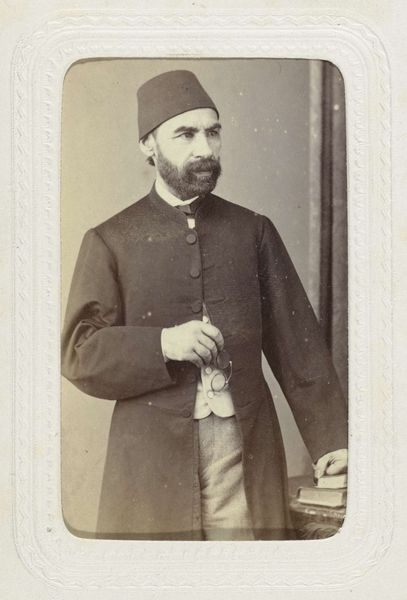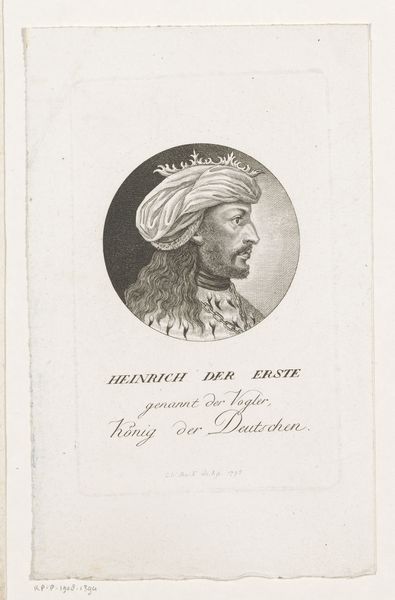
Portret van Mahmoud II, sultan van het Ottomaanse Rijk 1808 - 1836
0:00
0:00
print, engraving
#
portrait
# print
#
islamic-art
#
history-painting
#
engraving
#
realism
Dimensions: height 110 mm, width 72 mm
Copyright: Rijks Museum: Open Domain
Editor: So, here we have an engraving titled "Portret van Mahmoud II, sultan van het Ottomaanse Rijk," dating from 1808 to 1836, by Johann Friedrich Bolt, currently at the Rijksmuseum. It's quite striking in its realism, and I’m curious – what stands out to you about this piece? Curator: I'm particularly drawn to the engraving technique itself. Consider the labor involved in creating such detail – the meticulous process of carving those tiny lines into the plate, the printing, the potential for mass reproduction. How did the relatively low cost of printmaking affect who consumed portraits like these, and what message did that send? Was it propaganda? Or accessible art? Editor: That’s an interesting point! I hadn't thought about the implications of mass production. I was more focused on the subject. Curator: Right, but who would have owned this object and why? How does its materiality change our interpretation of Sultan Mahmoud II's image? The availability of printed portraits like this had a huge social and political context that changed visual culture forever. Editor: It definitely prompts me to rethink how I understand the image. Knowing it’s an engraving makes me think about its reach and who was able to own it and the impact it could've had during that time. Thanks, I appreciate that new point of view. Curator: My pleasure. Considering art through the lens of its production can illuminate so much about its intended impact.
Comments
No comments
Be the first to comment and join the conversation on the ultimate creative platform.
